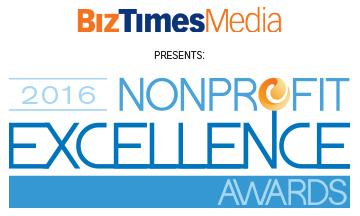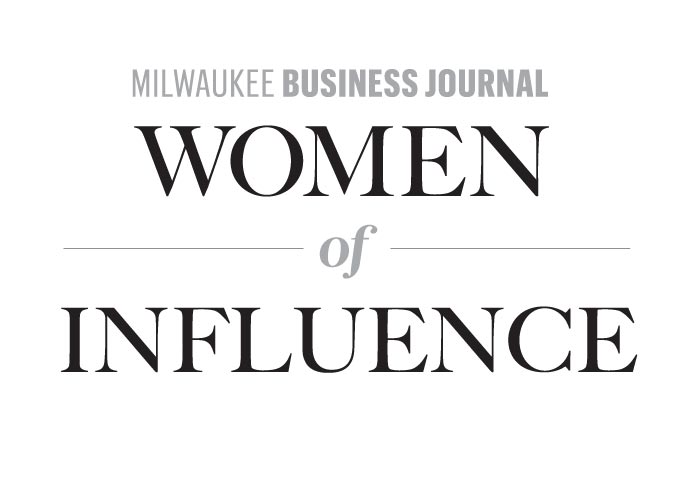What is Birth to Three, and what is its purpose?
Birth to Three is Wisconsin’s Early Intervention program. The concept of “early intervention” is quite simple. If a child with a developmental delay receives proper help early on, problems in the future may be minimized. A child, his/her family, and the educational system will benefit by the reduced need for long-term intervention throughout the child’s school years.
What kinds of things will my child with Down syndrome do in Birth to Three?
Your child will participate in a variety of activities planned by licensed therapists, teachers, and nurses. The setting for these activities -- which are designed to provide physical, occupational, and speech therapies as needed -- may include regularly scheduled home visits, play group activities, individual therapy at home, daycare or hospitals, or other combinations that work for your family. You child’s record will be kept confidential.
Will I have any say regarding my child’s participation in any of these therapies?
Absolutely! After eligibility is determined (and most children with Down syndrome usually qualify), the Individualized Family Services Plan (IFSP) is written with help from the parent(s) and services begin.
When should my child start Birth to Three Services?
Some families choose to enjoy their babies and adjust to life with a new little one before jumping in. Others choose to start therapy right away. Ideally, a baby would start therapies within the first 8 weeks of life if that works in your family schedule.
Is there an age limit to receiving Birth to Three services?
The age limit is newborn to three years.
Types of Therapies
Pediatric Physical Therapy (PT) is the treatment of children with physical disabilities by a licensed professional physical therapist who is educated and trained in the diagnosis and treatment of children with physical disabilities. The goal of PT is to improve care and provide a treatment program to obtain or restore the highest level of independence and function in quality of movement, walking, strength and endurance, gross motors skills, posture, positioning for functional skills, coordination, and mobility for the child with the disability.
Pediatric Occupational Therapy (OT) is the treatment of children with physical, emotional, and/or intellectual disabilities from birth to 21 by a licensed occupational therapist educated in a variety of diagnoses and therapies for such children. The goal of OT is to help make learning possible by helping children develop the underlying skills that will lead to independence in personal, social, academic, and vocational activities. This includes remediation of difficulties the child may encounter with ADLs (Activities of Daily Living) such as dressing, grooming, feeding, etc.
Pediatric Speech Therapy addresses the child’s complete communicative needs. This often begins with the development of non-verbal communicative skills such as attending to the speaker and the activity, taking turns, and making appropriate eye contact. It is designed to help with speech disorder, often referred to as articulation or phonological disorders - problems with the way sounds are made or how sounds are sequenced to form words; oral-motor problems resulting in difficulty producing speech sounds; and delays in feeding skills. A speech-language pathologist is a specialist in the normal development of human communication. The Certificate of Clinical Competency (CCC) assures you that a speech-language pathologist has been qualified to provide clinical services by the American Speech-Language Hearing Association (ASHA).
For more helpful tips for new and expectant parents, check out the digital version of the Parent's First Call Magazine.
This blog post is sponsored by Dries Painting. Thank you for your support!








